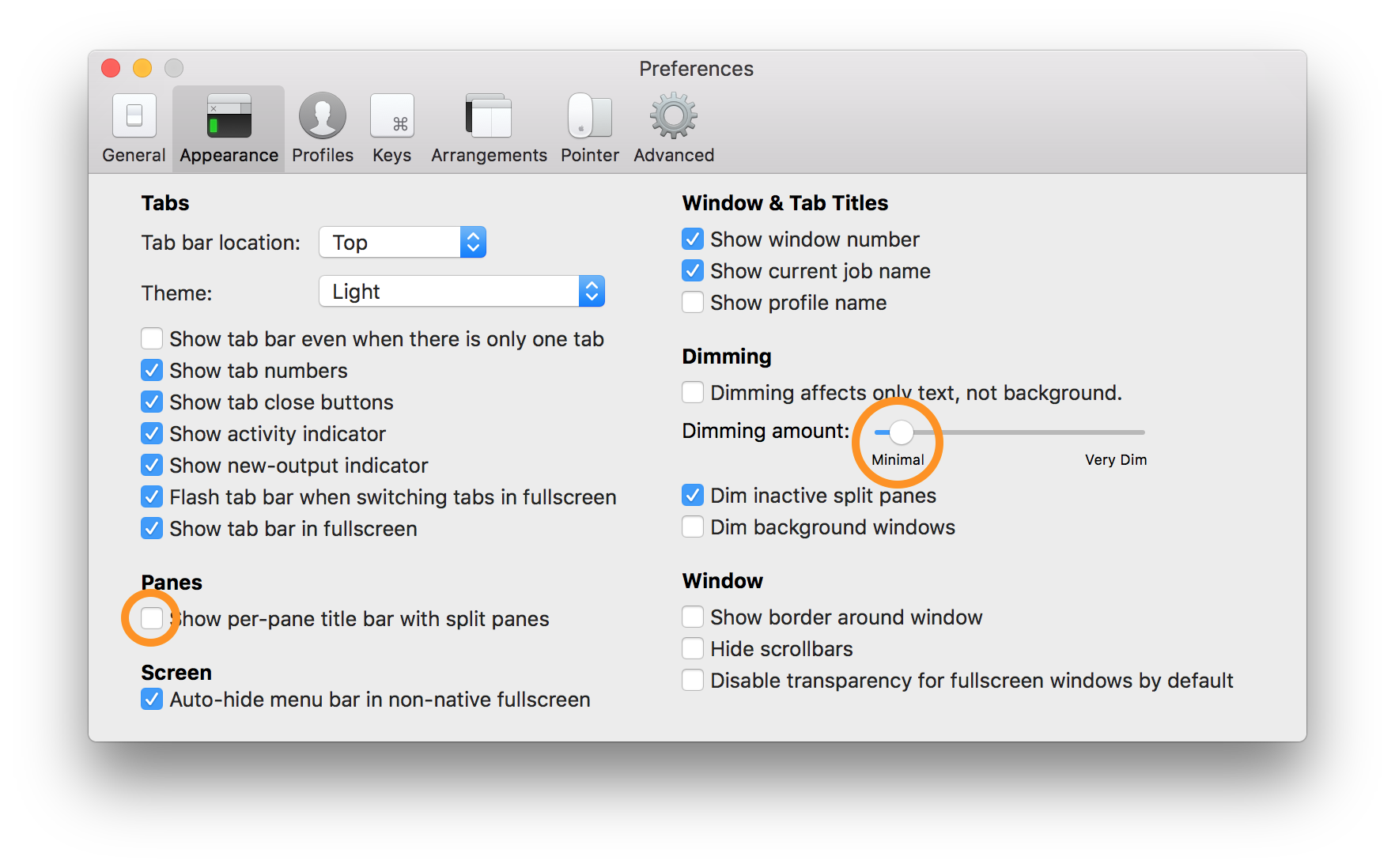

So we have to install the x86_64 versions of these applications. Right now, there are still a few applications that don't offer full native support for Apple Silicon. Finding and installing native applications I recommend using the “Rosetta-Terminal“ for installing the rest of your command line tools and using the Native Terminal for your daily workflow. While you are here, you can also validate the installation.Īs you can see, nvm, npm and node.js version 12.x have all been successfully translated and installed on Apple Silicon. Now, open up the Native Terminal with Spotlight:Ĭonfirm that you are using the Native Terminal by typing the arch command, which should return arm64. In this case, I’m going to install nvm, but it’s the same process for any other CLI tool you may need, e.g.Homebrew, AWS CLI, etc.įirst, open up “Rosetta-Terminal“ using Spotlight (just hit Cmd+Space).Ĭonfirm that you are using a Rosetta Terminal by entering the arch command, which should return i386.Īnd then install your preferred node.js version. Let’s install some tools! Now that we have a dedicated Rosetta Terminal, we can install our CLI tools just like we would on an Intel MacBook. Install your tools with the Rosetta Terminal After the install, we can use them from the native terminal. During the install, they will be translated by Rosetta. Now we have a special terminal that can be used to install our command line tools. Rename this new terminal to something like “Rosetta-Terminal.“ Now right-click on your new Rosetta Terminal and click “Get info.“įrom the “Get info” menu, select “Open using Rosetta.“ Create a Rosetta Terminalįirst, duplicate the Terminal and rename it.Then,Open Finder and navigate to the Application/Utilities folder and select “Duplicate.“ Using this “Rosetta“ terminal makes it a breeze to install our preferred tools.
Iterm2 mac m1 how to#
I’ll explain how to duplicate the macOS native terminal and force the duplicated terminal to always run with Rosetta 2. Thankfully, with Apple's translation layer Rosetta 2, we can easily download and compile applications that were built for x86_64 and run them on Apple Silicon. However, several critical CLI tools like nvm and brew do not have native versions built for the new M1 architecture, so installing them on your native terminal can be frustrating. Rosetta vs Native TerminalĬommand line tools are crucial for our day-to-day workflows. To help you take full advantage of the power of the new MacBooks, here are some tips and tricks I picked up when setting up my own machine.

This task was more complicated than usual because, with the new MacBooks, Apple has replaced their long-running Intel processors with their own M1 chip.

I recently joined Courier as a Software Engineer and part of the onboarding process was to set up and configure my development environment on the new M1 MacBook Pro.


 0 kommentar(er)
0 kommentar(er)
